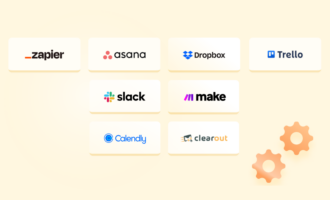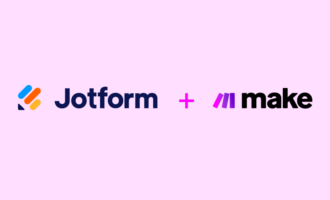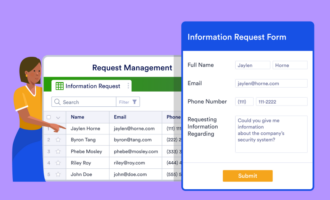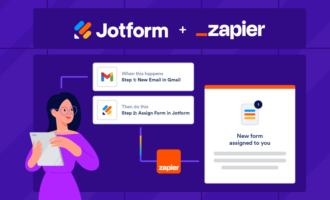Automating a workflow can save you valuable time, removing some of the more repetitive tasks from your to-do list and making sure items don’t fall through the cracks. Technology like workflow automation platforms can make it easier to set up automated workflows, but sometimes you need coding knowledge to set up automation properly.
However, some platforms are taking a more user-friendly approach to help business owners who might not be coding experts to create no-code workflows. Here’s how.
Save time with no-code workflow automations
Many workflow automation platforms require you to have coding knowledge if you want to customize your workflow automations. That’s a time-consuming process, and an error in the code can make for frustrating troubleshooting.
As the name suggests, a no-code workflow platform doesn’t require coding knowledge or experience. Instead, it features a visual drag-and-drop interface, allowing you to easily design your own workflows, set up automations and actions, and create a system with the functionality that works best for you.
Because there’s no coding involved, troubleshooting is much easier, and these systems tend to be quick to set up.
Reasons to use a no-code workflow
A no-code workflow platform offers many benefits. No-code platforms let you easily build apps without having to rely on your IT team. They’re also versatile, giving you plenty of customization options and control over your workflows.
You can set up a no-code workflow to automatically send an email or a notification, store data in your database, or perform other tasks when a certain event triggers an action (for example, sending a thank-you email when someone fills out an online form). Process automation platforms act almost like a virtual assistant and help ensure you can keep your work moving forward. Many platforms feature integrations with the apps that you’re already using, so they fit seamlessly into your existing technology.
Because these standard processes — like email notifications and data storage — are automated, you don’t have to worry about overlooking them. In turn, you’ll be free to focus on other important tasks that truly require your attention.
How Jotform can help automate workflows
Jotform can be a helpful automation tool in multiple ways. You can use Jotform’s form templates to create online forms for website visitors to fill out. Alternatively, you can use Jotform’s PDF templates, which are already designed for specific industries, to save you time in gathering client data.
Once a client or site visitor completes the form or PDF, Jotform can automatically send a personalized message to the person, so you don’t have to do that follow-up yourself.
It’s also possible to integrate Jotform with your customer relationship management (CRM) system. Once the integration is set up, Jotform can pull lead generation information from your completed web forms into your CRM. There’s no manual data entry to worry about, which can save you from potential data-entry errors.
Jotform Tables offers many table templates that you can use to manage and organize form submissions, easily sorting and storing your data. Form submissions are automatically recorded in tables.
Jotform Approvals allows you to set up an approval workflow. You can add approvers, send autoresponder emails, set up conditional logic, and more. There’s no coding required, and you can manage approvals on any device.
With these automated workflows, you can keep approvals moving and save your staff time as well. Jotform has more than 110 free approval process templates that you can customize, and they can cut down on the time it takes to set up your process.
Steps to successful no-code workflow automation
If you want to give no-code workflow automation a try, then starting with Jotform is a great idea. Jotform is free and easy to use, thanks to its drag-and-drop interface. It’s an excellent tool that can help you streamline your workflows, and it integrates with top business applications like PayPal, HubSpot, Google Sheets, and more.
If you decide to invest in low-code or no-code workflow software, you’ll have plenty of platforms to choose from. Look for a platform that offers the capabilities your business needs, but also make sure that the platform is within your budget. Before you start evaluating no-code platforms, make a list of the ways you want to be able to use the platform so you can be sure to get the functionality you’re looking for.
Getting started with no-code workflow automation isn’t terribly difficult, but you’ll want to put some time aside to familiarize yourself with the software and the processes of workflow building. With a little time, you’ll be able to build out the automations you need and truly take charge of your workflows, even with no coding experience.
Photo by Anna Tarazevich




















































































Send Comment: